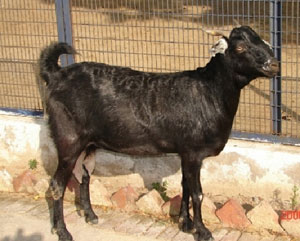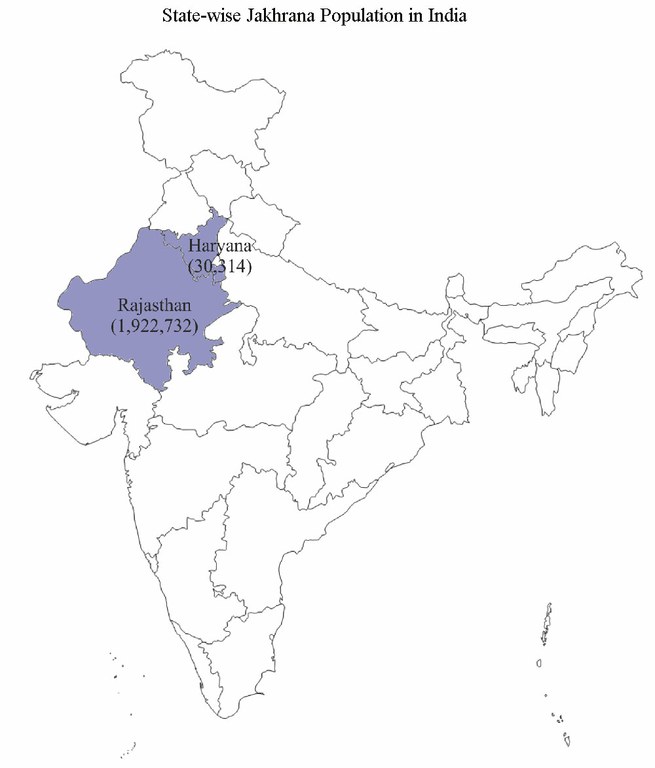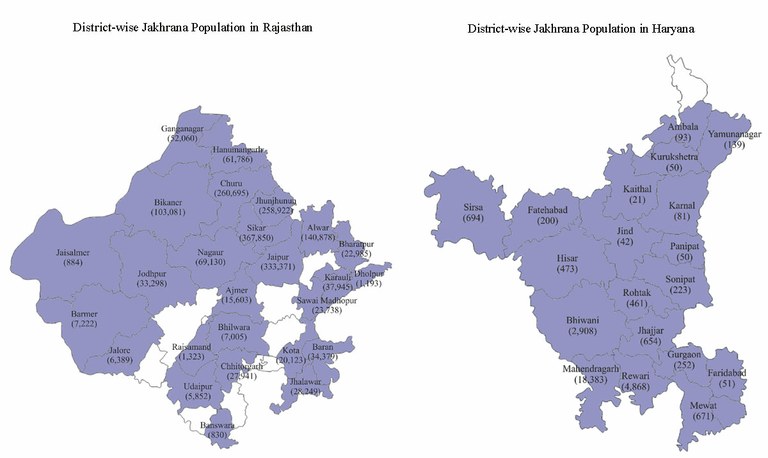Jakhrana
Feb 21, 2013
The Jakhrana breed is found in the north-west arid and semi-arid regions mainly in eastern Rajasthan. The breed derives its name from the Jakhrana village in Alwar district where it is found in its purest form.
They are large animals. The coat is predominantly black with white spots on the ears and the muzzle is short and lustrous. The face line is straight, with a narrow and slightly bulging forehead. The breed looks similar to the Beetal, the major difference being that the Jakhrana is taller. The ear length is medium and the udder is large, with conical teats. Does are reared for milk. A majority of the bucks are sold for meat, with a small number retained for breeding.

Jakhrana goats graze on natural pastures but can also be managed on stall feeding. This breed is well known for its milk potential averaging a daily yield between 2 to 5 litres. The milk has a relatively higher fat content (5.06%), SNF (8.60%) and protein (3.70%)1. These goats show good prolificacy and the kidding percentage is 90. Kidding takes place twice a year (June – July and October - November), with a twinning percentage of 80 – 90%. According to the 18th Livestock Census 2007, the number of Jakhrana goats in the country is 1,953,046, fairly widespread in the states of Rajasthan and Haryana.
| Adult Male | Adult Female | |
|---|---|---|
| Average Body weight (kg) | 55 to 58 | 37 |
| Average Body length (cm) | 82 to 84 | 74 |
| Average Height at withers (cm) | 88 to 90 | 77 |
| Average Chest girth (cm) | 86 to 88 | 77 |


Text Source: NBAGR
Photo Source: http://www.viarural.cl/ganaderia/a-caprinos/exteriorcaprinos/jhakrana-02.htm
References:
- Verma, N.K., Dixit, S.P. and Ahlawat, S.P.S. (2004). Goat germplasm of India: its conservation and management. Livestock International 12 (2), 16-22.









